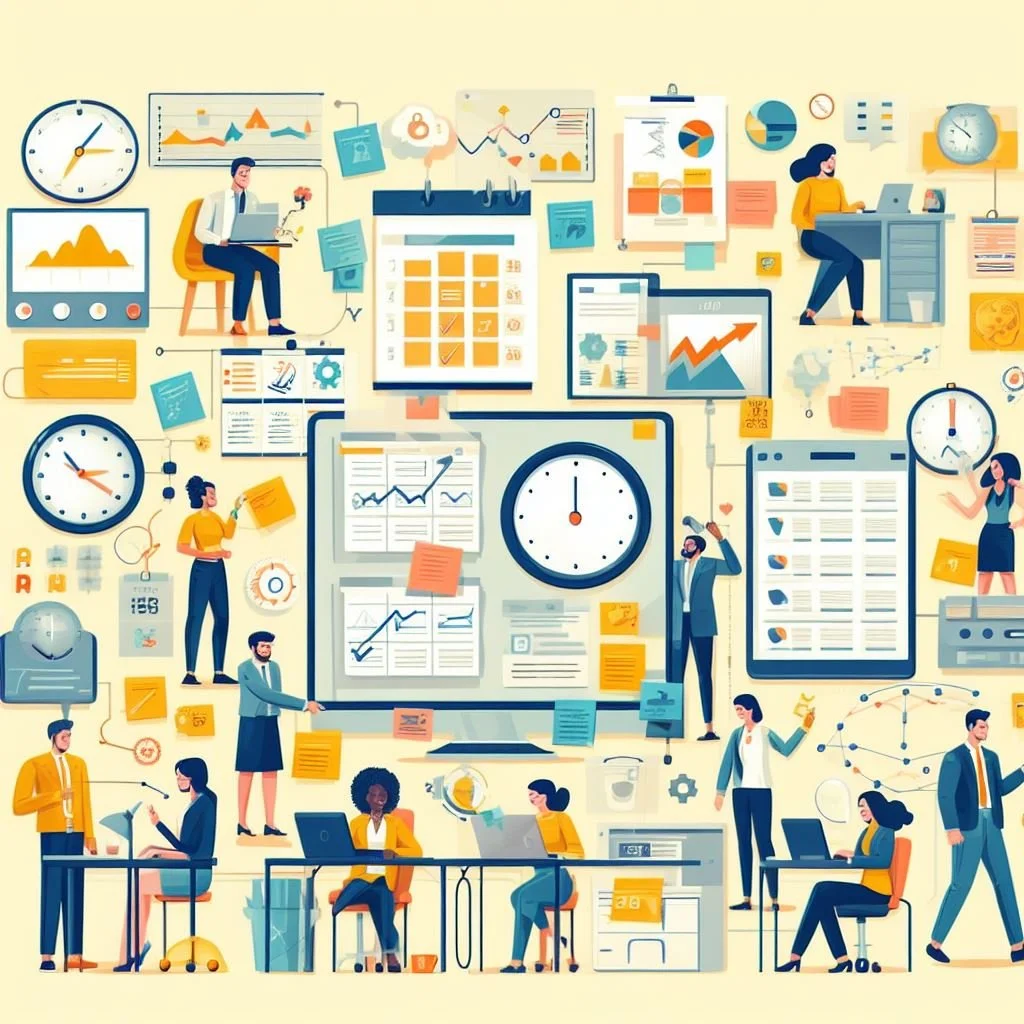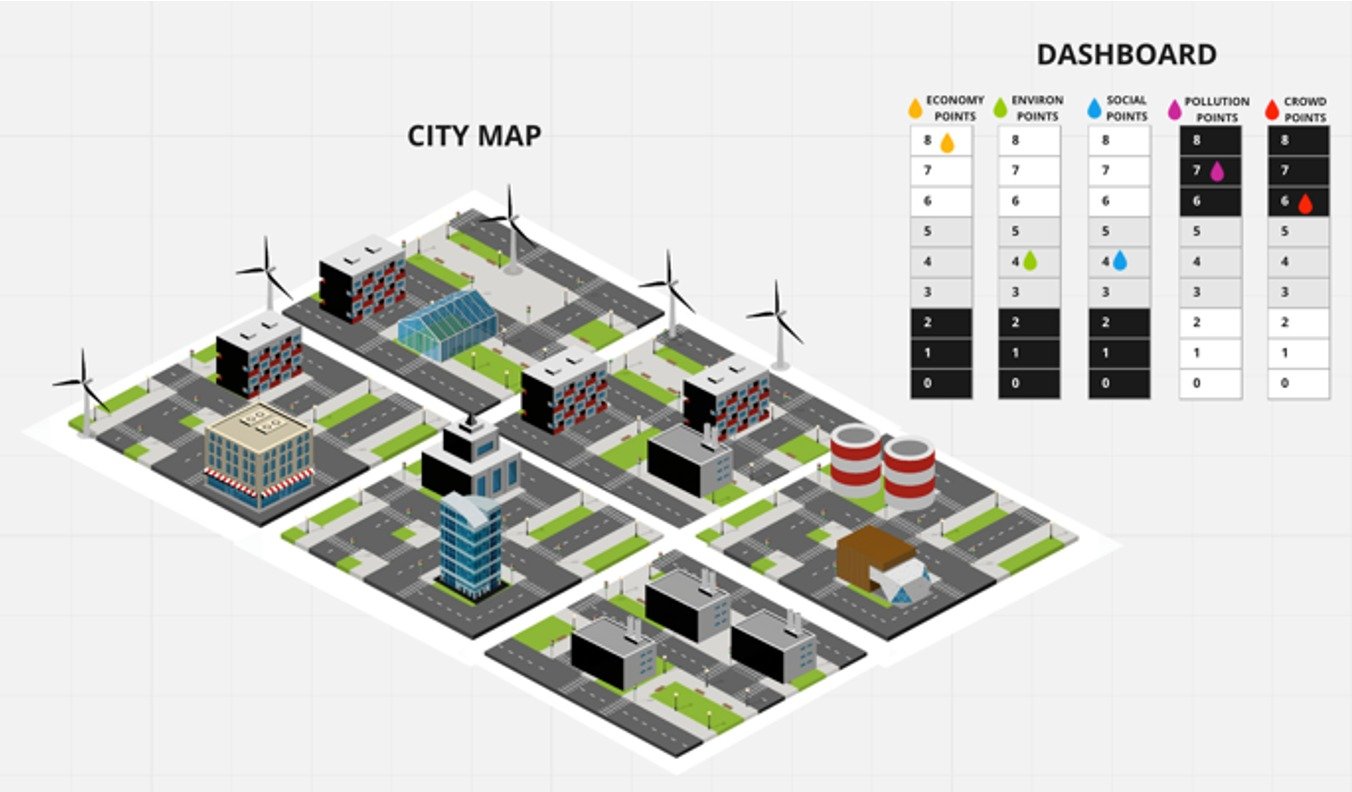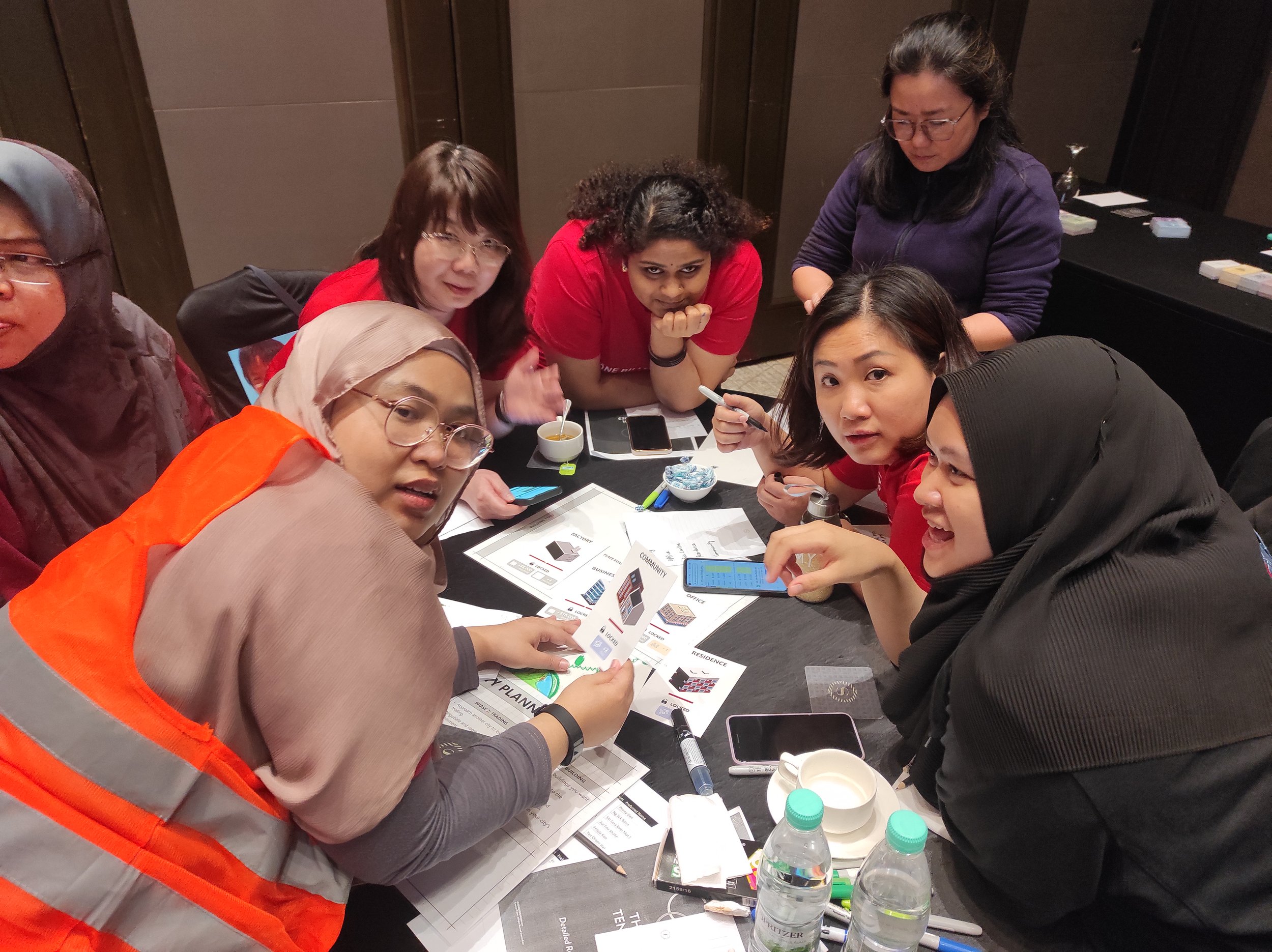Written by: Bryan Woo
Amidst the Covid-19 pandemic, several governments across the globe have implemented some form of quarantine order in their respective countries, to minimize the spread of the disease. Malaysia is no different, as our government has issued a Movement Control Order (MCO), reinforcing stringent social distancing amongst its citizens in order to cope with this pandemic.
As a result, many organizations have no choice but to adopt compulsory remote working into their work culture. To say that this change in working style and environment has been disruptive would be an understatement, as many employees have their fair share of struggles balancing between work and home commitments, all while in the confines of their own homes.
At the time of writing, we are well over 3 months since the MCO has been implemented. Throughout this period, we have been receiving requests from clients of various backgrounds on solutions that may help their employees cope with their new working environments.
With that being said, let’s take a look at some areas that will heavily be impacted by long-term, compulsory remote working and what can be done to help individuals better adjust:
Productivity & Engagement
Workplace productivity typically describes the amount of work your staff can do within a certain number of hours or amount of labor cost. Most established organizations would have set up ways to measure and track productivity in their workforce, including staff who primarily work remotely. Furthermore, it is important that these measures are implemented in a manner that is within an atmosphere of trust and let employees feel that they are not being spied upon.
Unfortunately, even the most sophisticated measures can still be challenged by an ongoing pandemic, causing many organizations to be concerned with maintaining productivity as well as employee engagement. As the lines between work and non-work hours begin to blur, many firms will be at substantial risk of long term employee burnout. Research has shown that employees will feel that they are compelled to always be responsive to work-related duties, even if it is not urgent (1). This may be further amplified due to ongoing worries over COVID-19.
With that being said, our team at Think Codex has identified key areas of productivity that play a crucial role in keeping employees engaged with their work while not sidelining their mental and physical wellbeing: Clarity, Routine, Focus and Wellness.
i) Clarity
When people are unclear, time and effort are wasted. Ask yourselves, are you able to set clear goals with your team? Are these goals being measured and to what extent? Daily? Weekly? And lastly, what is being done to keep employees accountable and transparent to their goals?
Having a system that states what is expected of employees on a daily or weekly basis will ensure that goals are being measured in a clear and concise manner.
ii) Routine
Clear routine gives a sense of purpose as a motivator so that employees understand what their objectives are for the day. Furthermore, this helps them better plan out their workdays and set clear distinctions between hours dedicated to work commitments and hours solely for rest and family.
Granted, it will take some time for many individuals to ease into a routine, especially those with demanding family responsibilities. That is why a strong support system must be made available to help these individuals settle into their new routines with minimal complications.
iii) Focus
People who are not focused end up spending their time doing anything but their most important work. Hence, it is important that boundaries are set in place to minimize distractions. It can be as simple as setting up physical boundaries such as dedicating a room or a spot at home solely for work purposes and nothing more.
Aside from this, organizing work based on priority will allow individuals to accomplish their most important tasks in an order that best fits their schedule.
iv) Wellness
It has become increasingly common for many organizations to prioritize employee welfare, thus implementing healthy workplace practices to help foster a culture of wellness. Unfortunately, in the case of remote working, this can sometimes be often overlooked mostly due to distance and a lack of visibility amongst employees.
That is why it is crucial for employers to encourage a culture of support, where employees are able to rely upon and communicate with one another when needed as well as emphasizing the importance of self-care practices. After all, good work is associated with better physical and mental health, and even less absenteeism.
Team Dynamics & Collaboration
In any work setting where shared goals are the norm, team dynamics can either make or break an organization. Because each member is reliant on each other for success, it is imperative that clear communication as well as equal participation are present in a team, so that a culture of collaboration can be fostered.
However, employees who belong in full-time remote teams may struggle as they rarely meet up in person, yet often work on multiple shared projects together. Furthermore, efforts to collaborate within remote teams are often subjected to virtual distance, in which an over-reliance on smart, digital devices to communicate may lead to teams disconnecting (2).
With all this in mind, we can see that there are two main factors at play in shaping effective remote working teams: Communication and Team Identity.
i) Communication
Workplace communication is an uncommon challenge in many organizations, more so in the case of remote working. Any team that lacks effective communication will hinder efforts to achieve collaboration and productivity. Fortunately, there are some best practices that we can refer to, in order to minimize poor communication.
Firstly, it is highly recommended to establish communication norms by being explicit about how your team should communicate. Doing so will not only remove the ambiguity that so often surrounds workplace communication, it also provides a helpful guide on how team members are expected to interact with each other. Aside from this, organizations can even take a step further by incorporating virtual “water cooler” sessions by allowing team members to dedicate time to talk about non-work related matters. These can include things about their interests or even to check up on one another.
Aside from this, remote teams will benefit from identifying mediums/tools to best promote communication and collaboration. Not only will it provide an outline of what kind of messages should be sent through which mediums (e.g. emails, WhatsApp, etc.) , but also prevent team members from being bombarded and overwhelmed by multiple work messages from too many channels.
Lastly, organizations can also look into channels that reduce a sense of distance among team members, such as switching remote communication to regular video calls, which may be better for establishing rapport and creating empathy.
ii) Team Identity
When people feel a sense of community, they are more comfortable reaching out to others and more likely to share knowledge. Hence, team members who share a strong team identity will encourage a culture of trust and support among its members.
The first step to achieving a strong team identity is to clearly define and establish a shared goal. This can be done by clearly defining their goals, timeline as well as the level of authority among team members in relation to a project. Doing so will encourage a sense of unity as well as the accountability that will help push teams to succeed. This will also make developing processes to help team members keep each other in check much easier.
Naturally, having a strong team identity can encourage more collaboration among team members through idea sharing and brainstorming to accomplish a common goal, providing everyone an avenue to equally participate. Furthermore, this will provide an avenue for employees to build relationships, communicate well and resolve conflicts creatively, which can have a major impact on team collaboration.
As the Covid-19 pandemic rages on, many organizations are forced to be agile in order to create opportunities during this time of uncertainty. We at Think Codex are no different. In fact, our newly developed gamified digital programs are created with the sole purpose of helping organizations address the challenges presented in this article. If you find this relevant to your organization, please contact us at contact@thinkcodex.com.
We look forward to working with you and helping your organization overcome whatever challenges this pandemic might bring to your workforce.
References:
1. https://hbr.org/2020/04/3-tips-to-avoid-wfh-burnout
2. https://virtualdistance.com/














































































